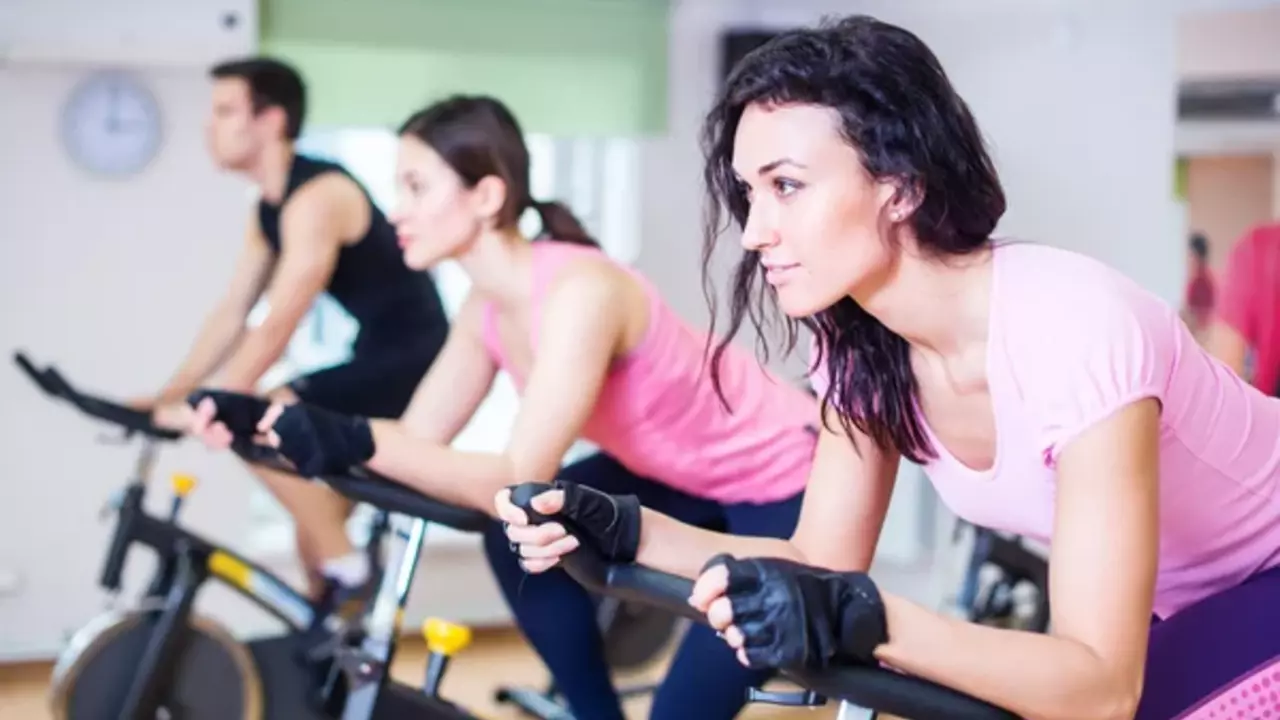Gym Cycling: Your Quick Start Guide
Ever wondered why so many people love the bike in the gym? It’s cheap, easy on the joints, and burns serious calories without the weather getting in the way. Whether you’re a total beginner or you’ve been pedaling for years, this guide gives you the basics to make every session count.
Why Gym Cycling Rocks
First off, gym cycling gives you a solid cardio workout while letting you control the intensity. You can crank up the resistance for a hill climb feel or keep it low for a steady burn. That means you can tailor the ride to match your fitness goals – lose weight, build endurance, or simply stay active.
Because the bike is stationary, you stay safe from traffic and uneven roads. You also get a built‑in seat that reduces pressure on your knees compared to road riding on a steep hill. That makes it a great option for older riders or anyone recovering from an injury.
Another perk is the social vibe. Many gyms run group spin classes that add music, a leader, and a bit of friendly competition. Even if you ride solo, you can still join a virtual class on a screen or sync your bike with an app.
Getting the Most Out of Your Indoor Bike
Start with a proper bike fit. Adjust the saddle height so your leg has a slight bend at the bottom of the pedal stroke – that cuts strain on the knees. The handlebars should be level with the saddle or a bit higher if you have back issues.
Track your rides. A Garmin or similar device can log distance, calories, and heart rate. Knowing these numbers helps you see progress and stay motivated. Set small weekly goals – like adding 5 minutes or increasing resistance by one level – and watch the gains pile up.
Mix up your workouts. A typical week could look like this:
- Monday: 20‑minute steady ride at moderate resistance – focus on smooth pedal strokes.
- Wednesday: 30‑minute interval session – 1 minute hard, 2 minutes easy, repeat.
- Friday: 45‑minute endurance ride – low resistance, high cadence.
- Weekend: optional spin class for a fun group boost.
Don’t forget to stand up occasionally. Stand pedaling engages different muscles, relieves saddle pressure, and gives you a power boost on climbs. Just keep the cadence high and avoid leaning too far forward.
Hydration matters. Keep a water bottle within reach and sip every few minutes. A small snack with carbs and protein after a ride helps recovery – think a banana with peanut butter or a protein bar.
If you’re buying a bike for home use, look for a model with adjustable resistance, a comfortable saddle, and a sturdy frame. Many cyclists also add clipless shoes for better power transfer, but regular trainers work fine too.
Finally, listen to your body. If you feel sharp pain in your knees or back, lower the resistance and check your form. Consistency beats intensity – a short ride every day beats a marathon session once a month.
Gym cycling can fit into any schedule, any fitness level, and any budget. With the right setup, a little tracking, and varied workouts, you’ll see stronger legs, better cardio, and a clearer mind in no time.
How long should it take to cycle 25 km in the gym?
Cycling 25 km in the gym can take different durations based on your fitness level and the intensity of your workout. On average, a person with moderate intensity could cover this distance in about an hour. However, if you're a beginner, it may take a little longer, say up to 1.5 hours. On the other hand, an experienced cyclist could finish in less than an hour. It's all about finding your own pace and gradually increasing your speed and stamina.
